APASIONADOS DEL IMPERIO ROMANO ¿QUÉ ERA EL CURSUS HONORUM?
Reconstructing Honor in Roman Philippi Carmen Christi as Cursus Pudorum , pp. 34 - 63 DOI: https://doi.org/10.1017/CBO9780511487972.003 Publisher: Cambridge University Press Print publication year: 2005 Access options Get access to the full version of this content by using one of the access options below.
.jpg)
APASIONADOS DEL IMPERIO ROMANO CURSUS HONORUM ROMANO
Cursus honourum, literally "path of honour", was a well-established ladder of political career in the Roman Republic. In Rome, it gradually became a custom that soldiers held successive offices. It was the beginning of the concept of a "political career". In practice, the political career involved men from senatorial families.
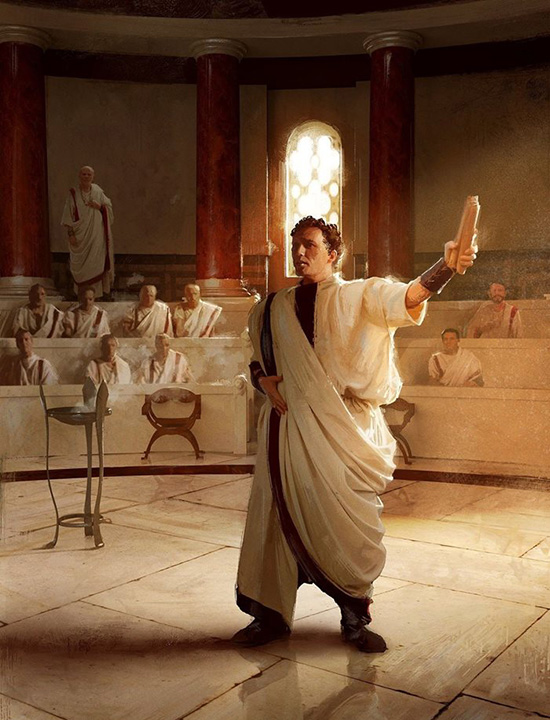
CURSUS HONORUM
El Cursus Honorum (curso de honor) era el nombre con el que se conocía tanto en la República Romana como en el Imperio Romano al orden secuencial de cargos públicos, tanto políticos como militares, que un hombre romano de buena familia debía ir asumiendo y completando a lo largo de su vida para así subir en la escala social romana.
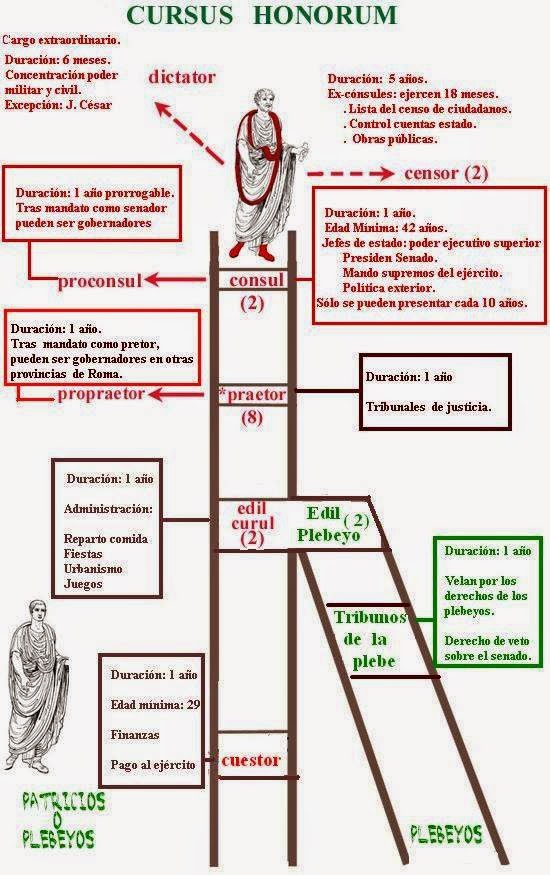
APASIONADOS DEL IMPERIO ROMANO ¿QUÉ ERA EL CURSUS HONORUM?
Abstract. This chapter reviews Plutarch's unusual familiarity with the Roman senatorial career pattern, the cursus honorum. A Roman statesman was honoured according to the offices he had held, the victories he had won, and the triumphs he had celebrated. Offices were held in sequence, and formed a cursus, a standard career path: quaestor.

El cursus honorum, la carrera política de la antigua Roma hasta el Senado
In The Cursus Honorum: A Study of the Origins and Evolution of Sequential Ordination, John St. H. Gibaut examines the development of the sequential ordination through the grades of the Church's ministry. Although the cursus honorum has long been an assumed part of the ordination process, Gibaut demonstrates that it had a varied and complex history.
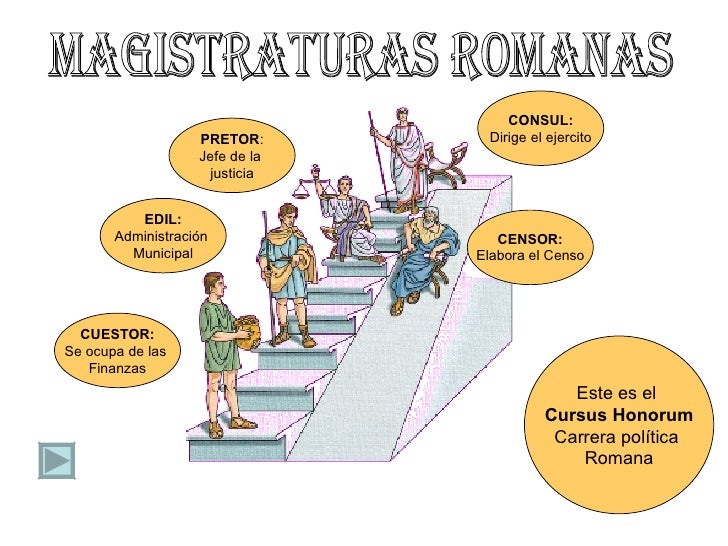
INFANCIA Y EDUCACIÓN EN LA ANTIGUA ROMA GABRIEL ROSSELLÓ, ESCRITOR
in A Dictionary of World History (2) Length: 149 words View all related items in Oxford Reference » Search for: 'cursus honorum' in Oxford Reference » The name given to the ladder of (annual) offices that would-be Roman politicians had to climb.

cursus honorum esquema Búsqueda de Google Roma antigua, Historia romana, Roma
The government of Rome before Caesar. Cursus Honorum. The government of Rome before Caesar. 24 March - 2 October 2022. The exhibition shows the characteristics of Roman magistracies: collegial, and of limited duration, most often annual. The superior magistrates, consuls, praetors, censors, were elected by the citizens on the basis of a census.
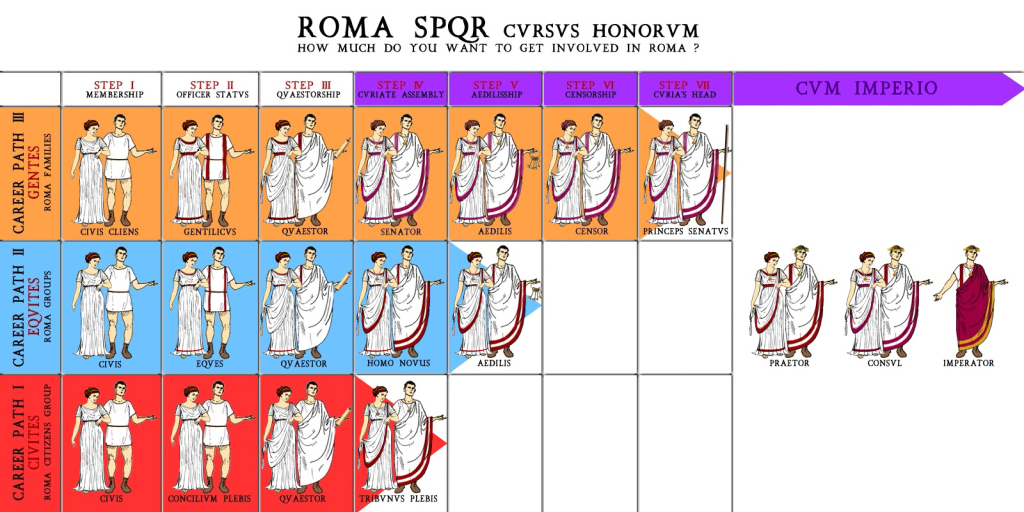
The Cursus Honorum ROMA Citizens
The cursus honorum ( Latin :'course of honors') describes the ancient Roman system of political advancement. It was a sequence of offices, often thought of as a metaphorical ladder, that an individual could hold, with each office requiring greater experience, and affording a higher level of prestige.

Roman Government
Down to the 3rd cent. bce there were perhaps few rules concerning the cursus honorum (career path) other than a requisite period of military service before seeking the political offices open to one's order, and some restrictions on iteration (cf. Livy 27. 6. 7). The senatorial establishment in the early 2nd cent. continued to support a loosely regulated cursus (Livy 32.

“Cursus honorum. The government of Rome before Caesar”, the exhibition at the Capitoline Museums
Res nullius is a doctrine. The expression "res nullius" (lit: nobody's thing) is a Latin term derived from private Roman law whereby res (an object in the legal sense, anything that can be owned, even a slave, but not a subject in law such as a citizen, nor land) is not yet the object of rights of any specific subject. Such items are considered ownerless property and are free to be acquired by.
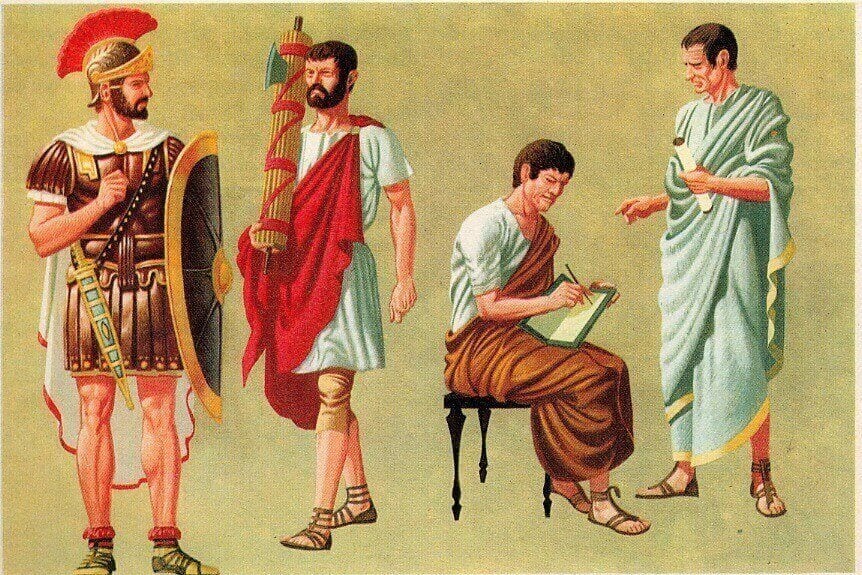
Cursus Honorum e Magistrature in Età Repubblicana Studia Rapido
Updated on February 28, 2018 The order of advancement through elected offices (magistracies) in Republican Rome was known as the cursus honorum. The sequence of offices in the cursus honorum meant that an office couldn't be skipped, in theory. There were exceptions. There were also optional offices that could be steps along the cursus honorum .

the cursus honorum in ancient Rome
cursus honorum Roman government Learn about this topic in these articles: history of Roman consulship In ancient Rome: Citizenship and politics in the middle republic.moved swiftly through the senatorial cursus honorum ("course of honors") to win the consulship and command against Philip V at the age of 30.

Cursus Honorum The ladder of honours Istruzione
Roman Republic 509-27 BC Roman Empire 27 BC - AD 395 Principate 27 BC - AD 284 Dominate AD 284-641 Western AD 395-476 Eastern AD 395-1453 Timeline Constitution Kingdom Republic Sullan republic Empire Augustan reforms Late Empire Political institutions Imperium Collegiality Auctoritas Roman citizenship Cursus honorum Assemblies Centuriate Curiate
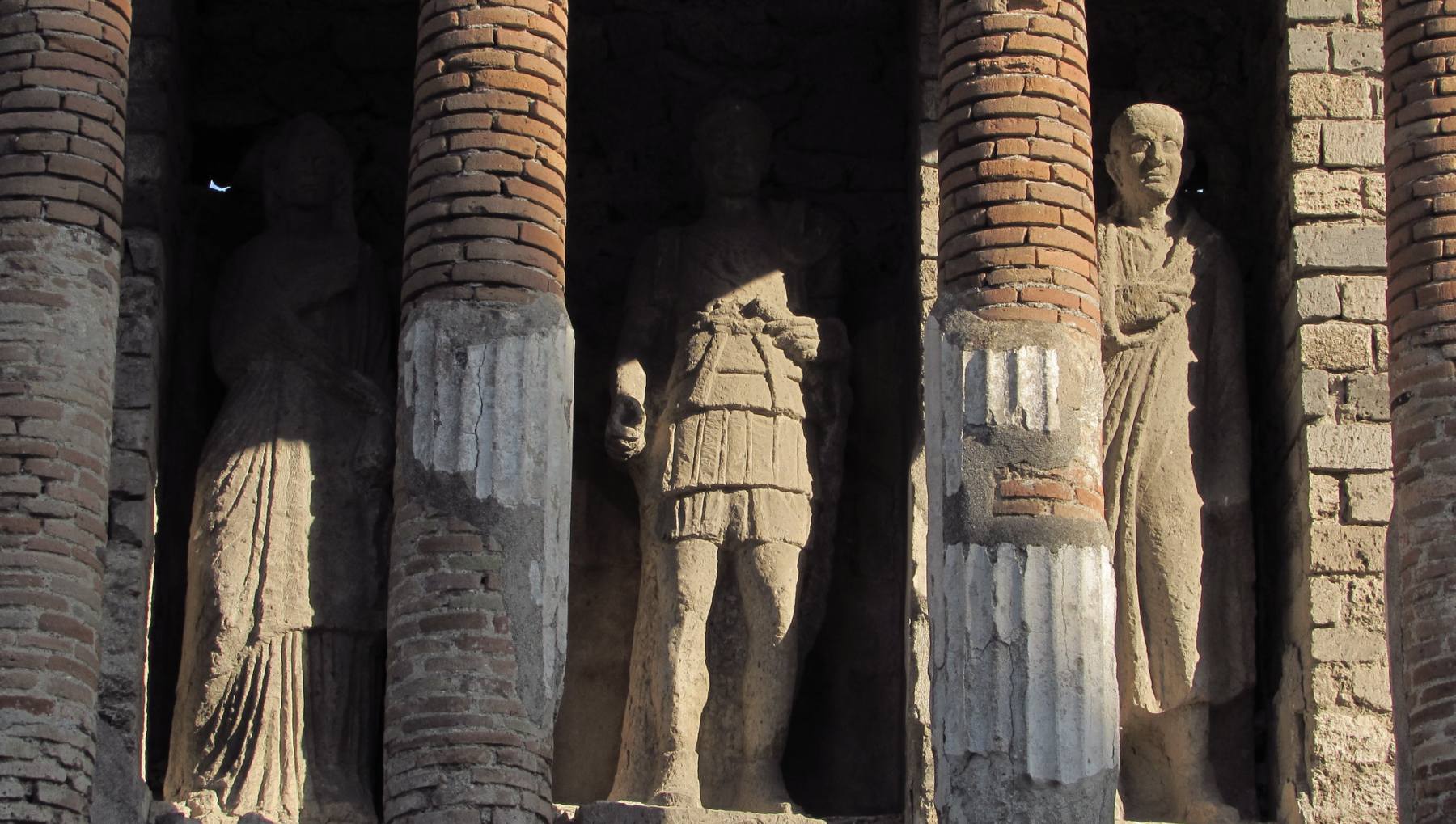
¿Qué era el cursus honorum en la antigua Roma?
Cursus honorum: the "sequence of offices" in the career of a Roman politician. A Roman magistrate and two lictors carrying fasces In the late sixth century BCE, Rome became a republic and was, by definition, ruled by magistrates.

El cursus honorum, la carrera política de la antigua Roma hasta el Senado
Part of the project La Roma della Repubblica.Il racconto dell'Archeologia, the exhibition is dedicated at the public charges of the members of the republican age, the cursus honorum, a basic part of the political life in the ancient Rome.. The main characters in this tale are five anonymous figures portrayed by the five statues that provide an exceptional storytelling experience: four of them.

CURSUS HONORUM
GETO-DACIAN RELIGION GETO-DACIAN RELIGION . The Getae and the Dacians were ancient Thracian peoples who lived in Moesia, on the northern plain of the river Danube, and in the Carpathian Mountains, approximately in the territory of modern-day Romania and Moldova. Although the religion of the Getae and the Dacians escapes complete reconstruction, it forms, nevertheless, like the religion of the.